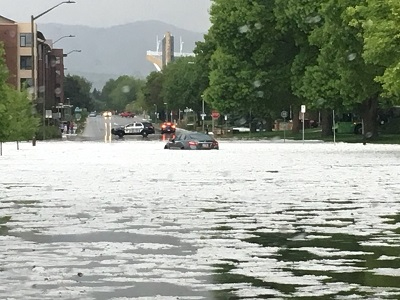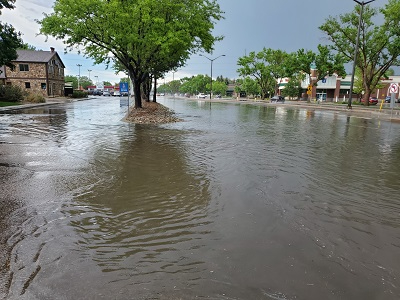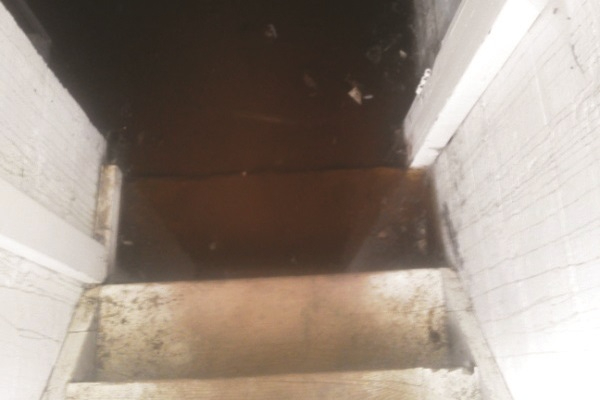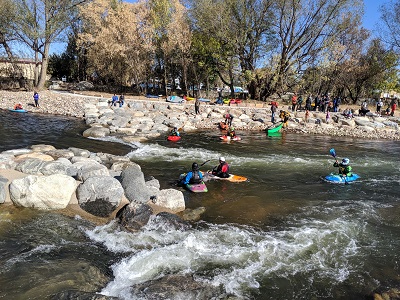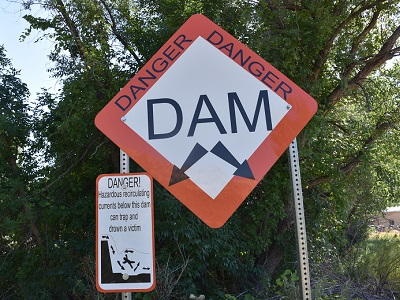Protect People#
Learn How to Protect People from the Flood Hazard#
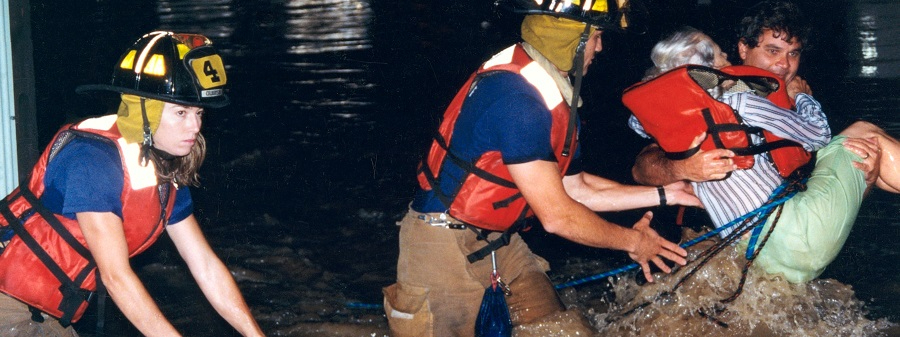
Floods often happen very fast in Fort Collins, so we need to be prepared in advance and know what to do when a flood occurs. Talk with family members about the situations they might encounter during a flood and what they can do to stay safe. Create a family emergency plan and Be Flood Ready!
-
- Fort Collins Flood Safety Tips (5:42)
- Reflections on the 1997 Spring Creek Flood (6:11)
- 1997 Flood – CSU History Class Project (19:15)
- Volunteers vs. Extreme Weather – The CoCoRahS Story (12:13)
- Turn Around and Don't Drown – National Weather Service PSA (0:52)
- Fort Collins Flood Mitigation Efforts (11:42)
- Building Smart Down by the River (3:22)
- The State Climatologist: Honest Broker of Information (3:48)
- Tools for Flood Resilience: Lessons from Fort Collins (4:19)
- Fort Collins' Flood Warning System (12:26)
- Fort Collins' Flood of 1997 (9:49)
- Poudre River Restoration (3:23)
- Water's Fury (21:36)
- Moving Water: Adventure or Danger? (14:23)
Check out this fun video showing how we teach kids in Fort Collins about flood safety.
-
![]()
Don’t drive, walk or bike through floodwaters. Twelve inches of flowing water can float a small car. Streets can quickly become stream channels, especially if inlets get clogged with debris or hail. It is better to be late and safe than floating in your car and needing to be rescued.
![]()
In 2018, this quick rain and hail storm caught some motorists off guard resulting in motorists being stranded on Lake Street near the CSU campus and on Mulberry Street in Old Town.
![]()
College Ave. just south of Drake Rd. looking north. A quick afternoon rainstorm on May 31, 2020 resulted in street flooding.
-
In Fort Collins, floods happen fast leaving little to no time to evacuate. It is often safer to stay where you are rather than try to leave.
![Home along Vine Dr. that had the basement filled with water in the 2013 flood.]()
- Move to upper floors of your home. Basements can quickly fill with water and become unsafe.
- Turn off electricity at the main power switch and shut off water and gas before flood waters start to rise.
- Be careful where you walk – The ground could be eroded away or there could be sharp objects or other hazardous debris that floated onto your property.
The American Red Cross offers helpful flood safety tips and checklists.
-
With the new Poudre River Whitewater Park opening on the Poudre River, it is important to respect the power of water – Play It Safe. Make sure to wear a life vest. Know the flow and weather conditions. Plan where you are going and especially where your take-out location is located.
![]()
![]()
Did You Know?
You can save up to 10% on heating bills by using a programmable or smart thermostat to minimize heating when away from home or asleep.
The watersheds where our water comes from drain snowmelt and rainfall to the Cache la Poudre and Big Thompson rivers and Horsetooth Reservoir.
Taking advantage of daylight from windows and skylights can save energy.

